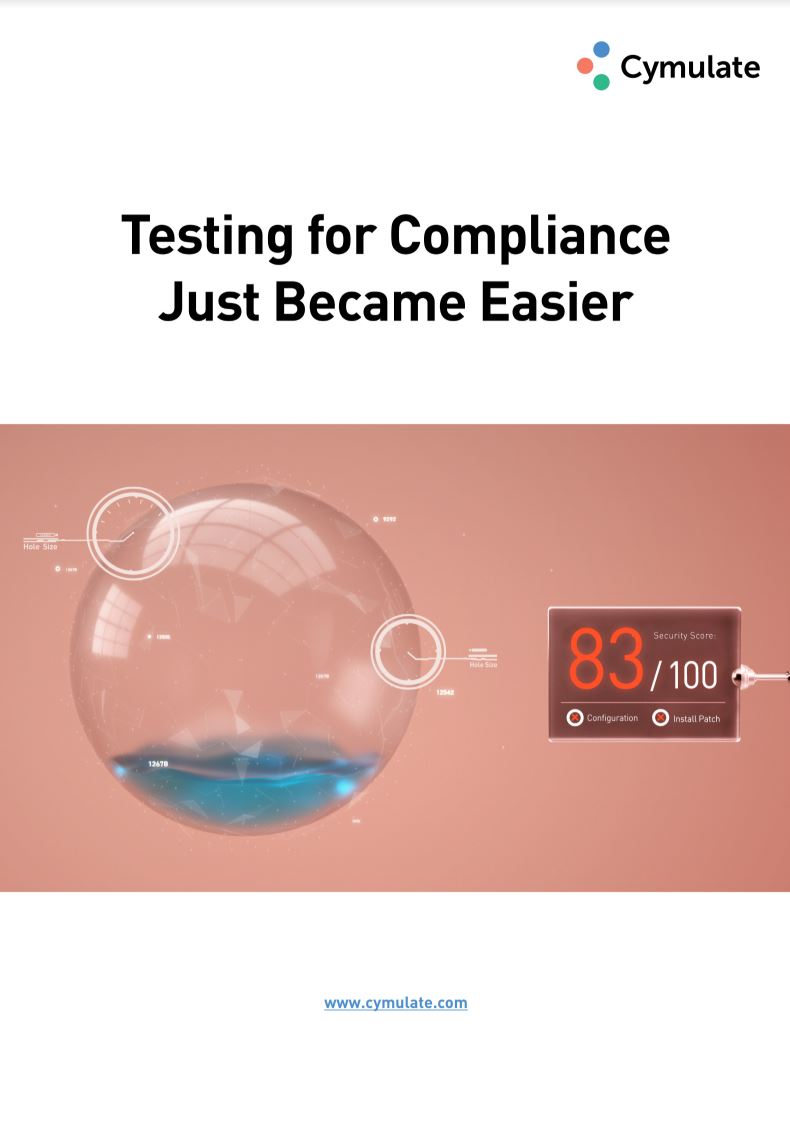Widely-used cookie walls are flouting GDPR rules
Only 12% of third-party consent-seeking banners and notifications meet minimum requirements


The majority of third-party cookie walls used by UK organisations to obtain consent from users contravene strict data protection laws, researchers claim.
Just 11.8% of the content management platforms (CMPs) deployed by UK websites to seek user consent and offer tracking controls meet minimum legal requirements under the General Data Protection Regulation (GDPR).
CMPs, including banners and pop-up windows, are automatically displayed when users visit a website and give a number of options pertaining to consent as well as advanced controls over elements like tracking.
These are designed and distributed by a handful of developers, including Cookiebot, Crownpeak, OneTrust, QuantCast and TrustArc, and used by organisations who prefer this to building their own. Approximately 20% of the top 10,000 UK websites use such a service.
Among the most widely-used CMPs, researchers with Cornell University found that implied consent is universal, as well as dark patterns that guide people into desired behaviour.
“The results of our empirical survey of CMPs today illustrates the extent to which illegal practices prevail, with vendors of CMPs turning a blind eye to - or worse, incentivising - clearly illegal configurations of their systems,” the researchers concluded.
General Data Protection Regulation (GDPR) Seven steps to GDPR compliance GDPR for small businesses: What it means for you ICO admits its own cookie policy is non-compliant with GDPR
“Enforcement in this area is sorely lacking.
Sign up today and you will receive a free copy of our Future Focus 2025 report - the leading guidance on AI, cybersecurity and other IT challenges as per 700+ senior executives
“Designers might help here to design tools for regulators, rather than just for users or for websites. Regulators should also work further upstream and consider placing requirements on the vendors of CMPs to only allow compliant designs to be placed on the market.”
Researchers scraped designs of the five most popular consent-seeking interfaces deployed by the top 10,000 websites in the UK, finding that explicit consent was rare.
The extent of the scale of non-compliance is so broad that even the Information Commissioner's Office (ICO) admitted last year that its cookie wall was non-compliant.
To be fully GDPR-compliant, the researchers stated, cookie walls must offer explicit consent that’s clear and positive, and allow users to reject all options just as easy as it is to accept all options. These notifications must also contain no pre-ticked boxes.
RELATED RESOURCE

Testing for compliance just became easier
How you can use technology to ensure compliance in your organisation
A further in-depth study conducted with 40 participants, moreover, showed how tweaking CMP designs may significantly change the rates of consent.
Organisations, for example, that remove opt-out buttons from the first page of their cookie walls raised consent levels by 22 to 23%. Inversely, offering more granular controls on the first page decreased consent by 8 to 20%.
The key takeaway from the study, according to those involved, was that placing information or controls before the very first layer is almost pointless given it’s largely ignored by users.
Offering genuine controls, therefore, would require organisations to place everything on the first page of any cookie wall.
Alternatively, the design patterns of consent banners could be overhauled to allow for richer and more durable ways to set privacy settings. These would have to be legally binding, however, rather than self-regulatory.
This is difficult because intense lobbying around the EU’s draft ePrivacy Regulation has predominately involved adtech firms campaigning to prevent browsers from having legally-binding elements.
Mozilla is one example of a developer that’s taken action into its own hands, introducing a set of top-level privacy and anti-tracking controls for its Firefox browser last year. Microsoft’s renewed Edge browser, similarly, is packaged with default anti-tracking and baseline cookie blocking.

Keumars Afifi-Sabet is a writer and editor that specialises in public sector, cyber security, and cloud computing. He first joined ITPro as a staff writer in April 2018 and eventually became its Features Editor. Although a regular contributor to other tech sites in the past, these days you will find Keumars on LiveScience, where he runs its Technology section.
-
 Trump's AI executive order could leave US in a 'regulatory vacuum'
Trump's AI executive order could leave US in a 'regulatory vacuum'News Citing a "patchwork of 50 different regulatory regimes" and "ideological bias", President Trump wants rules to be set at a federal level
-
 TPUs: Google's home advantage
TPUs: Google's home advantageITPro Podcast How does TPU v7 stack up against Nvidia's latest chips – and can Google scale AI using only its own supply?
-
 Data sovereignty a growing priority for UK enterprises
Data sovereignty a growing priority for UK enterprisesNews Many firms view data sovereignty as simply a compliance issue
-
 Elevating compliance standards for MSPs in 2025
Elevating compliance standards for MSPs in 2025Industry Insights The security landscape is set to change significantly in the years to come with new regulations coming into effect next year, here's how the channel needs to adapt
-
 How ready is your company for NIS2?
How ready is your company for NIS2?Supported Content The EU’s latest cybersecurity legislation raises the stakes for enterprises and IT leaders - and ensuring compliance can be a daunting task
-
 Top data security trends
Top data security trendsWhitepaper Must-have tools for your data security toolkit
-
 Conquering technology risk in banking
Conquering technology risk in bankingWhitepaper Five ways leaders can transform technology risk into advantage
-
 Advancing your risk management maturity
Advancing your risk management maturityWhitepaper A roadmap to effective governance and increase resilience
-
 When banking works, the world works
When banking works, the world worksWhitepaper Five ways automated processes can drive revenue and growth across your bank
-
 Automating digital resiliency in banking
Automating digital resiliency in bankingWhitepaper Prioritize investment in solutions that mitigate a lack of digital resiliency when disruptions strike